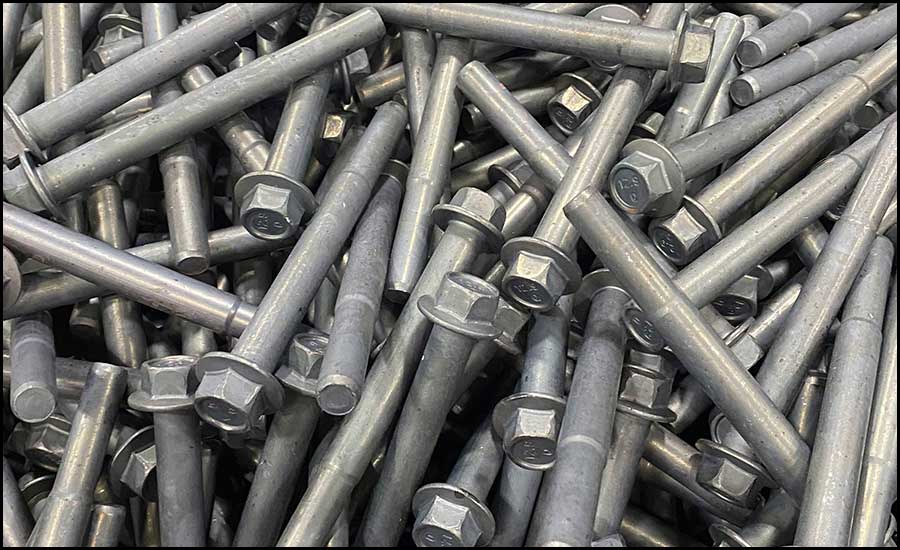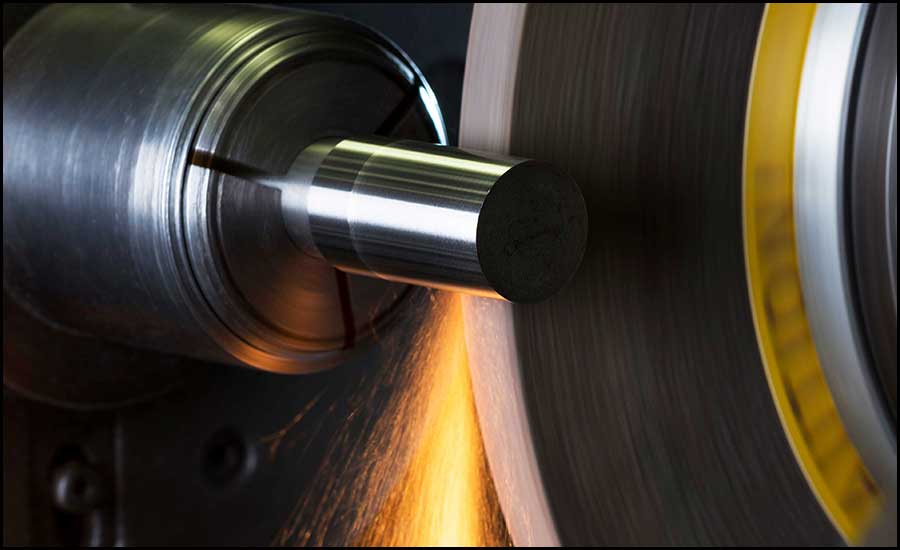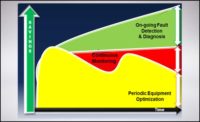Fasteners play a critical role in holding together systems in buildings ranging from plumbing products to ventilation systems. There are times when fasteners don’t meet performance standards and require redesigning. But redesigning fasteners is a complex process that requires a thorough understanding of the current design’s performance expectations, operating conditions, and potential design flaws.
Our longevity in the fastener industry has allowed us to gain considerable knowledge of fastener redesign methodologies and the critical factors that need consideration for a fastener redesign, including performance standards, environmental conditions, design defects, and available resources and technologies.
We have improved these methodologies over the years as we learn more and more when working with manufacturing customers on fastener redesign projects. The following is an encapsulation of discussion about the process and what we’ve learned over the years to address the redesign topic and issues surrounding it that manufacturers may face.
Why should redesign be considered?
Making the decision to redesign fasteners can be daunting when one considers how critical fasteners are to a product and the financial, logistical, and operational impact it may have on future products. So, manufacturers should carefully explore why a redesign is a good idea before proceeding.
There are several reasons why a manufacturer decides to redesign fasteners, including:
- Changes in the application or environment in which fasteners are used
- The need to improve performance
- An update design on a current model is necessary
- There is a desire to reduce cost and/or improve efficiency
Regardless of why a manufacturer wants to redesign fasteners in a product, a good fastener supplier can help make the decision easier so it is always important to get them involved early on in the process, particularly when it comes to engineered systems, such as HVAC.
Understanding the problem and goals are key to the redesign process
Redesigning fasteners requires a thorough understanding of the problem and goals for the redesign. That’s why discovery in these areas is key to the redesign process in the very beginning.
First, a manufacturer needs to determine the requirements of the fasteners, brainstorming potential design changes, and evaluating the manufacturability, aesthetic value, and price of each design. The best solution is then chosen and tested before being implemented in production. Monitoring the performance of the new fastener during testing and making further refinements, if needed, is essential to ensure the re-design performs better for users and the company.
We support our customers with extensive quality assurance lab services that help in this process. Knowing how critical a fastener can be in a design is a big part of the process and providing the testing to ensure success is especially important.
Be aware of common performance requirements fasteners can fail to meet
In 1998, the National Institute of Standards and Technology (NIST) discovered that one of Titanic’s smallest components — the 3 million wrought iron rivets used to hold the hull sections together — were the reason the ship sank. The metallurgical properties of the rivets made them brittle when exposed to very cold temperatures, strongly suggesting that Titanic’s collision with the iceberg caused the rivet heads to break off, popping the fasteners from their holes.
Understanding the performance requirements for fasteners being designed into a product is critical as in the case of the Titanic. Some of the simplest specifications or manufacturing practices of a fastener can cause catastrophic performance problems. That’s why it is important to understand what they are and guard against them in advance.

In regard to nuts and bolts, the most common performance requirements that they fail to meet include inadequate strength grade, poor plating that results in corrosion or rust and hydrogen embrittlement that can cause the fasteners to break under stress. Additionally, thread issues and poor production quality can lead to the fasteners failing to meet their intended purpose.
In terms of washers, common problems include inadequate plating, hydrogen embrittlement, incorrect material selection and manufacturing issues. Fittings also often fail to meet material and manufacturing requirements.
Understanding these potential risks can be critical to one’s redesign efforts and needs to be well thought through during the process.
Understand the environmental factors that may affect fastener performance
Just like the Titanic, understanding how environmental factors such as temperature, humidity, exposure to corrosive chemicals and UV exposure along with potential design flaws can affect the performance of fasteners is a critical step in the redesign process. It is essential to consider these factors when redesigning fasteners, particularly in industries such as electric vehicles.
Given the distinctive nature of the operation of EVs and fastener performance needs, designers have to consider corrosion issues, weight displacement needs, and fastener strength requirements. The same is true for other industries such as HVAC and plumbing.
These “environmental” factors need to be fully explored and understood in each application of fastener technology during the redesign process.
Fastener weight and size can be reduced while assembly and installation can be simplified, streamlined with a redesign
As manufacturers and, in particular, those in building systems strive to reduce costs by reducing the cost of materials and improving operational efficiencies, a redesign can be instrumental in helping address these aspects of product production. During the redesign process, it is important to think these factors through. For example, moving to lightweight materials, such as going from steel to lighter-weight metals, can reduce weight in areas such as in non-structural rivet applications.
In larger bolted applications, working with the manufacturer to understand the application, using BOLTCALC and even requiring durability testing are a few ways to verify weight reduction projects.
Also, depending on the critical nature of the fastener, the diameter and grade can be reduced to save weight. Rationalization and/or consolidation programs can be completed to reduce the number of fasteners in a product as well.

Assembly and installation requirements can impact the efficiency and cost of installation and manufacturing processes, particularly when it comes to building materials and systems. There are one-sided drive systems which can reduce labor on the assembly line and other non-torque drive products. These fasteners are usually more expensive but reduce quality issues, usually install faster, and deliver repeatable clamp loads.
New trends in analyses, tools, and technologies emerge in the fastener industry that could impact the redesign process
There are various tools and analyses available to help identify and redesign a fastener, including computer-aided design (CAD) software like SolidWorks, BOLTCALC for fastener analysis and assembly tools to install the fastener.
BOLTCALC is a valuable tool in diagnosing material and performance flaws in fasteners that need addressing in a redesign. It allows fastener makers to theoretically calculate clamp load and torque by adding variables such as plating, material, and other inputs. Using this software allows engineers to identify potential issues prior to production and can ensure the new fastener meets the products’ necessary performance requirements.
The fastener industry is constantly evolving. Automation, new thread and drive designs, nut shapes and sizes, non-ferrous material for electrical systems applications, non-torque related assembly processes (Huck) and assembling tooling for small fasteners are a few of the areas where fastener innovation is taking place every day.
Testing and validation processes should be used to ensure the redesigned fastener meets performance requirements
Various testing and validation methods, such as tensile testing, torque testing, vibration testing and environmental testing should be used to ensure the redesigned fastener will perform optimally. These tests evaluate performance and durability under different conditions and ensure that they meet industry standards. In addition to these testing processes, user feedback and data are also crucial in the fastener redesign process.
Working with a fastener maker that has comprehensive and effective testing and QA capabilities is important to addressing this issue. Optimas, for example, has a wide array of testing equipment in its Wood Dale, IL, and Columbus, IN facilities. This integrated approach enables engineers to test anything from tensile strength, plating thickness, and even small screw drives easily and effectively.
Understand cost implications of a fastener redesign and how savings can be achieved
Regardless of the reason for a redesign, cost reduction is always a goal of the process. As with the actual design of a product, it is important to understand early in the process the potential cost implications with changes in design.
Cost implications can vary and will depend on the manufacturer’s requirements. These can include reducing quality issues, speed of manufacturing, and material that expands the fastener and product’s useful life. Also, cost-saving can be achieved by changing the fastener design and characteristics to better meet real use-case requirements.
Understanding these implications early in the process can eliminate issues and potential pitfalls down the road.
Conclusion
To ensure safety and performance can achieve production cost reductions, a fastener redesign may be the right move. With the right tools, materials, and experts, and, most of all the right partner, this process can lead to significant improvements and cost savings in engineered systems in the commercial, industrial, and institutional building market.





